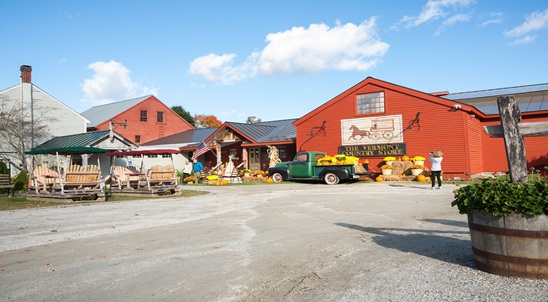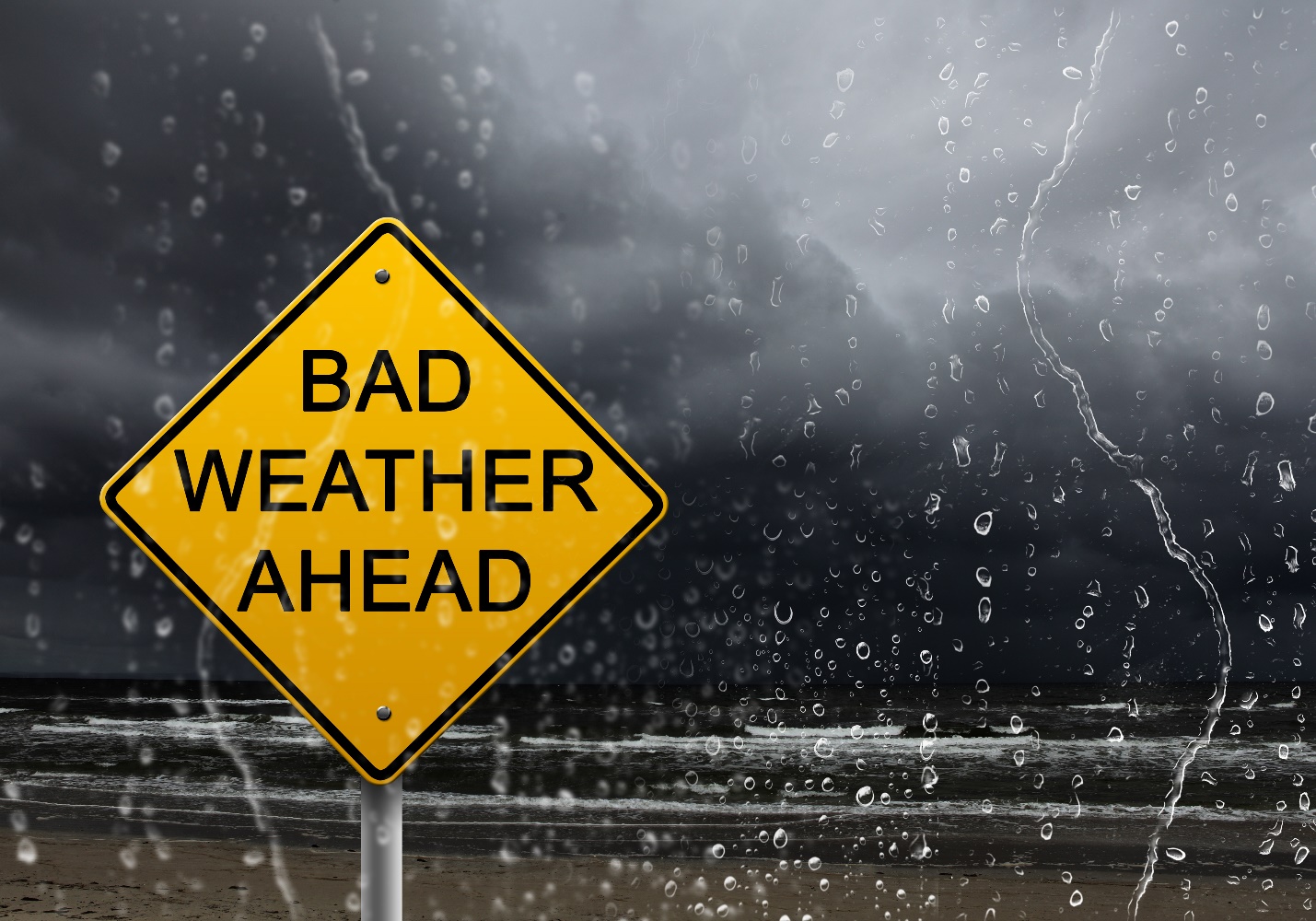Minnesota House Passes $35 Million Broadband Expansion Bill

On April 28, the Minnesota House of Representatives voted 72 to 54 in favor of a major omnibus bill that includes $35 million in grants to rural broadband expansion bill in 2017 and 2018. The bill will now advance to the state senate where, by late May, it will be put to a vote.

The most recent version of the bill – HF3931 – includes $500,000 earmarked for broadband expansion in low-income areas. It represents an opportunity, first, for local and national mobile broadband providers to improve coverage in the state and, second, for rural Minnesotans to access faster mobile broadband in the coming years.
The bill also includes an ambitious “state goal” to, by 2022, provide every Minnesota resident with access to an internet connection that downloads data at a minimum speed of 25 Mbps and uploads at a minimum speed of 3 Mbps download. This would put the state in line with the Federal Communication Commission (FCC)’s 2015 broadband internet standards.
Currently, most rural Americans do not have access to an internet connection even half of what the FCC calls broadband internet. In areas of rural Minnesota, residents must choose between mobile broadband, satellite internet, and dial-up – none of which are “broadband.”

Mobile broadband – the fastest rural internet option by user experience – downloads data at between 5 and 12 Mbps (4G LTE)/1 and 4 Mbps (3G). It uploads at between 2 and 5 Mbps (4G LTE)/1 Mbps (3G). It is likely that, if the bill passes, Minnesota will focus on expanding 4G LTE and 3G networks in the state, since mobile broadband has the greatest potential of any rural internet option.
Satellite internet – technically faster, but slower due to high latency – downloads data at between 5 and 15 Mbps. It uploads at between 1 and 2 Mbps. Since building mobile broadband networks is incredibly expensive, it is likely at least a portion of the grant money go to satellite internet projects.
In the bill, the state’s long term mobile broadband goals (which include ensuring every resident has access to a connection with 100 Mbps download speeds and 20 Mbps upload speeds by 2026) include being one of the top five states for universal access to broadband and one of the top fifteen “states” worldwide for broadband penetration.
It is unlikely that Minnesota will be able to achieve the lofty goals the bill establishes, even if it passes the state senate. Current mobile broadband and satellite internet technologies do not support the broadband speeds Minnesota wants to offer its residents by 2022. The next generation of mobile broadband, 5G, is rumored to offer broadband standard speeds, but it won’t be deployed until 2018 and, if it follows the precedent set by 4G LTE, will not penetrate rural markets for another decade after that.
Also, $35 million is, unfortunately, just a drop in the bucket for a country that has already invested over $260 billion in mobile broadband expansion in the last seven years [1].
Despite the fact that Minnesota probably will not achieve the ambitious goals it sets for itself in HF3931, rural Minnesotans will undoubtedly benefit from the bill when/if it passes next month.





